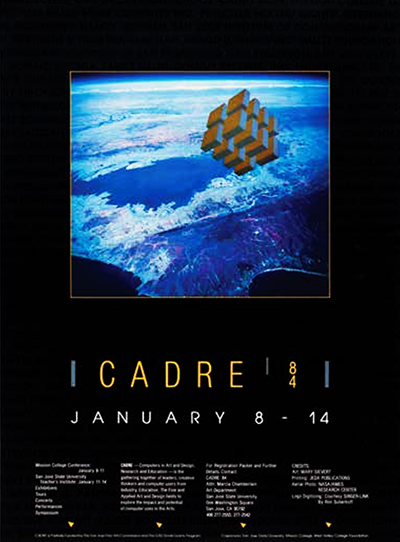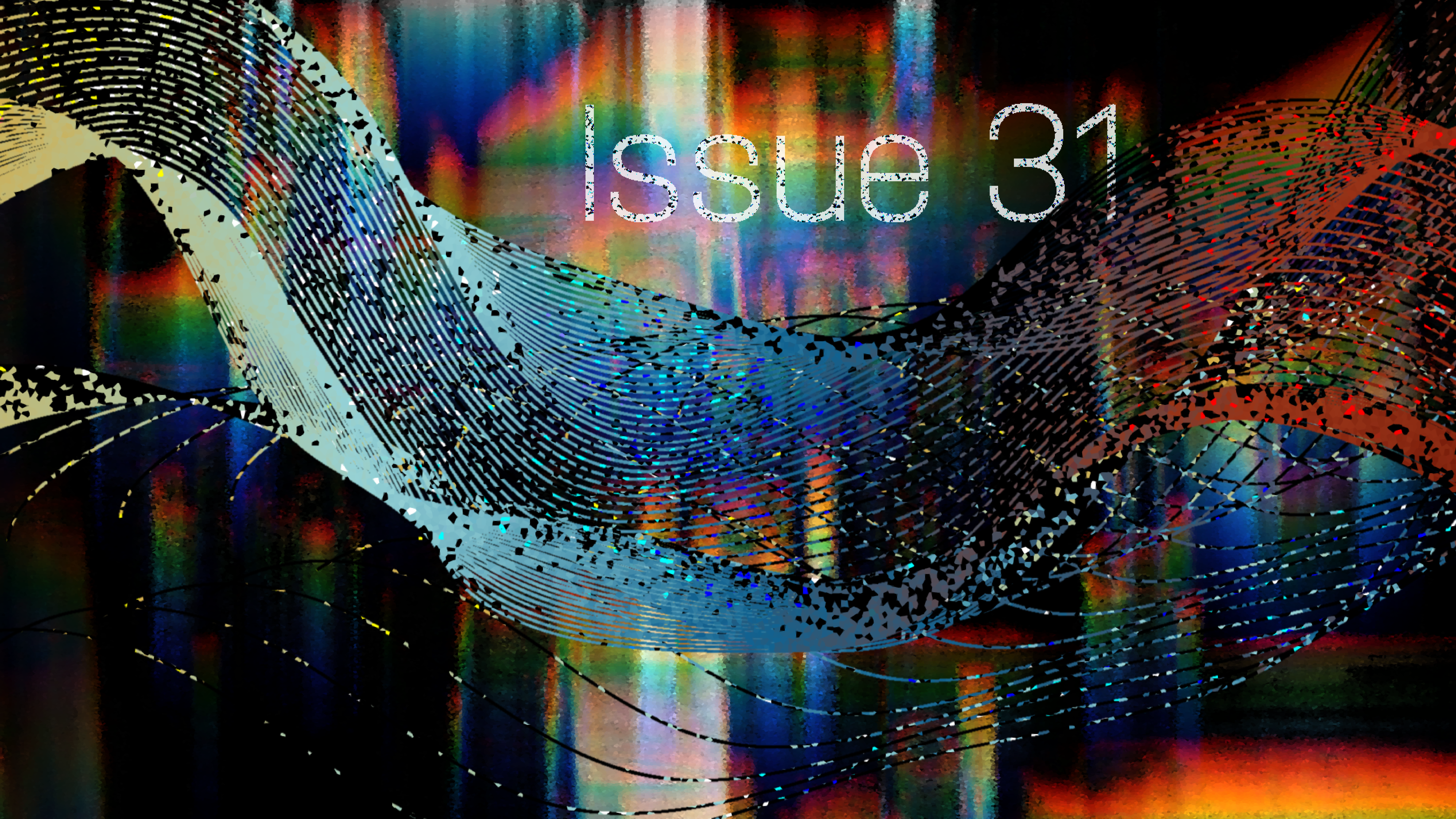Articles in this Issue
- Interview with Mitra Ardron, Metaverse Pioneer & VRML 2.0 Developer
- Interview with Peter Graf, Metaverse Pioneer & VRML Developer
- Interview with Don Hanson, founder of New Art City
- Interview with Zara Houshmand, Metaverse Pioneer & Artist
- Interview with Kathy Rae Huffman, Metaverse Pioneer & Curator
- Interview with Benny Lichtner, co-founder of New Art City
- Interview with Tamiko Thiel, Metaverse Pioneer & Artist
- Interview with Sammie Veeler, co-founder of New Art City
Introduction
Zuka Istanbooly
Extending beyond what is possible physically, Web3D creates endless opportunities. One of many programs and projects, the metaverse, is a 3D world where anyone can connect for work, socialization, and play. This allows users to switch seamlessly from space to space. Virtual reality can also be used in a variety of subjects and fields. Hands-on virtual training, multiplayer video games, concerts and performances, and 3D live chats are all emerging examples of that. Coming from a myriad of experiences and knowledge, Tamiko Thiel, Mark Pesce, Tony Parisi, Mitra Ardron, Karel Dudesek, Kathy Rae Huffman, Amanda Helton, and Don Hanson are some of the many pioneers of virtual reality and Web3D.
The history of the Web is nuanced; we aim to learn from a diversity of perspectives so that we can make better decisions about what kinds of technologies we want to see. Through the interviews with these major artists and developers, you’ll get to know more about the predecessors and the extraordinary innovations and breakthroughs that led to the 3D world as we see it today. In addition, you will hear about some of the limitations, current endeavors, upcoming projects in the industry, and get an idea of where these technologies could be heading in the near future.
Editor's Note
For Issue 31 of SWITCH, studnets interviewed developers, curators, and artists who spearheaded Web 3D in the 90s, as well as current practitioners active in the networked 3D artspaces. I would like to thank Tamiko Theil and Peter Graf, who put us in touch with many of the developers they were working with in VRML Web Development (see Blaxxun) and VR platforms (see Starbright World) who pushed the boundaries of what we now know as the Metaverse.
Switch Journal was published by CADRE (a research program housed in the Art Department at San José State University, whcih has evolved into the Digital Medai Art Program in the same department) students regularly from 1994-2003. In 2001, the original 15 issues of the HTML journal were updated to match current web styling of the time. The V2 journal was published in conjunction with the 16th issue. Two more issues were published using the same template. Issues 19-27 were published between 2003-2011 using bespoke styling.
Starting in Spring 2022, studnets enrolled in the Digital Media Art Seminars at SJSU reveiwed each article in issues 1-18 and worked with the MLK library to write abstracts and provide metadata that have been used in the archiving of SWITCH in the Library's digital repository,Scholarworks. As of Spring 2024, the archiving work is still ongoing.
Rhonda Holberton, Assistant Professor & Program Coordinator, Digital Media Art | San José State University

Poster for the CADRE Art & Technology Conference, 1984
SJSU's CADRE Laboratory for New Media began in 1984 as an art and technology conference hosted at the school. Shortly after this conference, faculty from the Art Department recognized the need to create a fine arts program at SJSU that would take advantage of the school's position in the heart of tech-heavy Silicon Valley. CADRE became a formal fine arts program at SJSU in 1985 and now offers B.F.A. and M.F.A. degrees. Students and faculty involved with CADRE have been at the forefront of new media and technology for over thirty years. The program is heavily focused on experimentation, exploring different facets of art and technology. Students in this unique program have the school's state-of-the-art facilities at their disposal, including fabrication and machine shops, computer labs, and studio space.
The Legacy of CADRE
